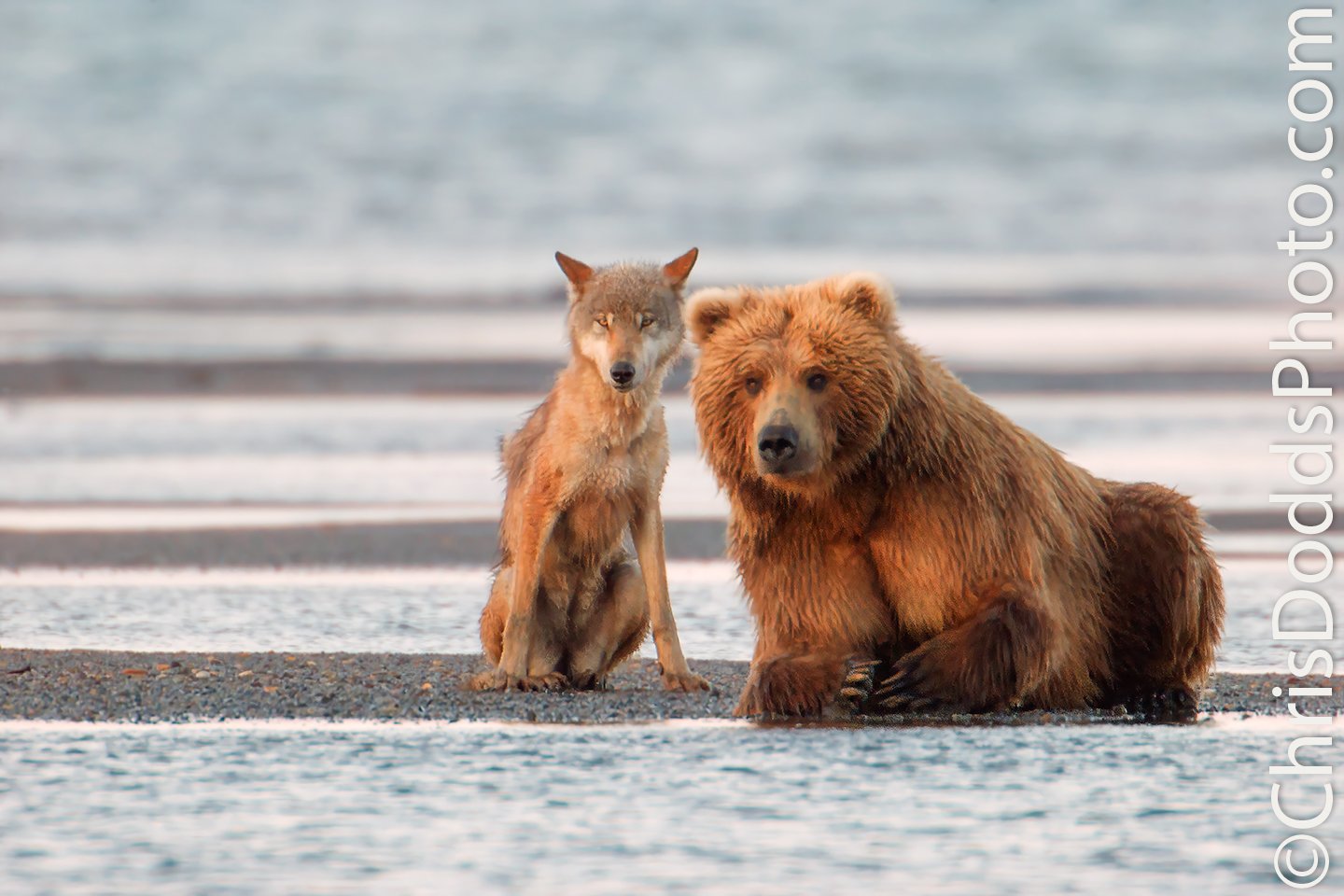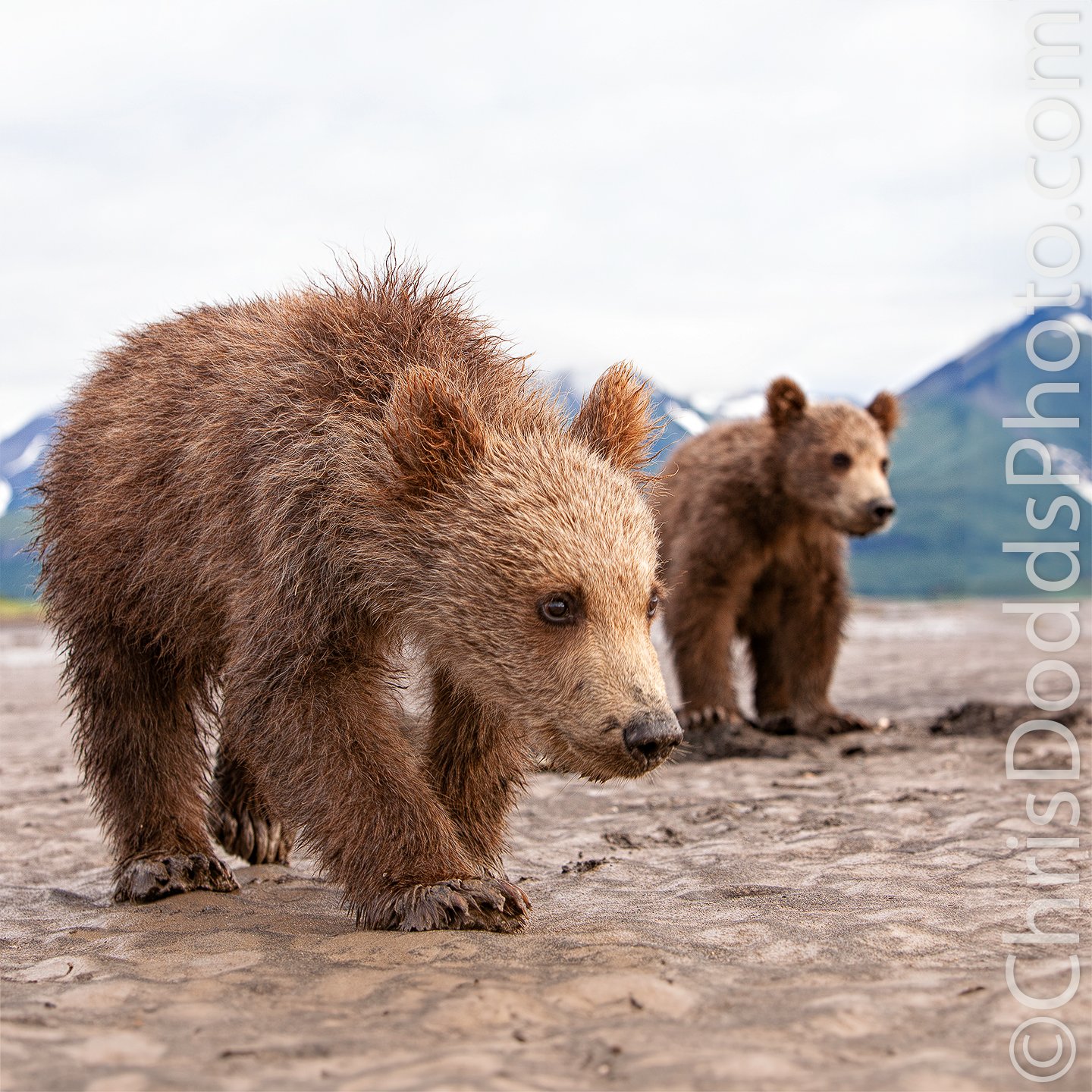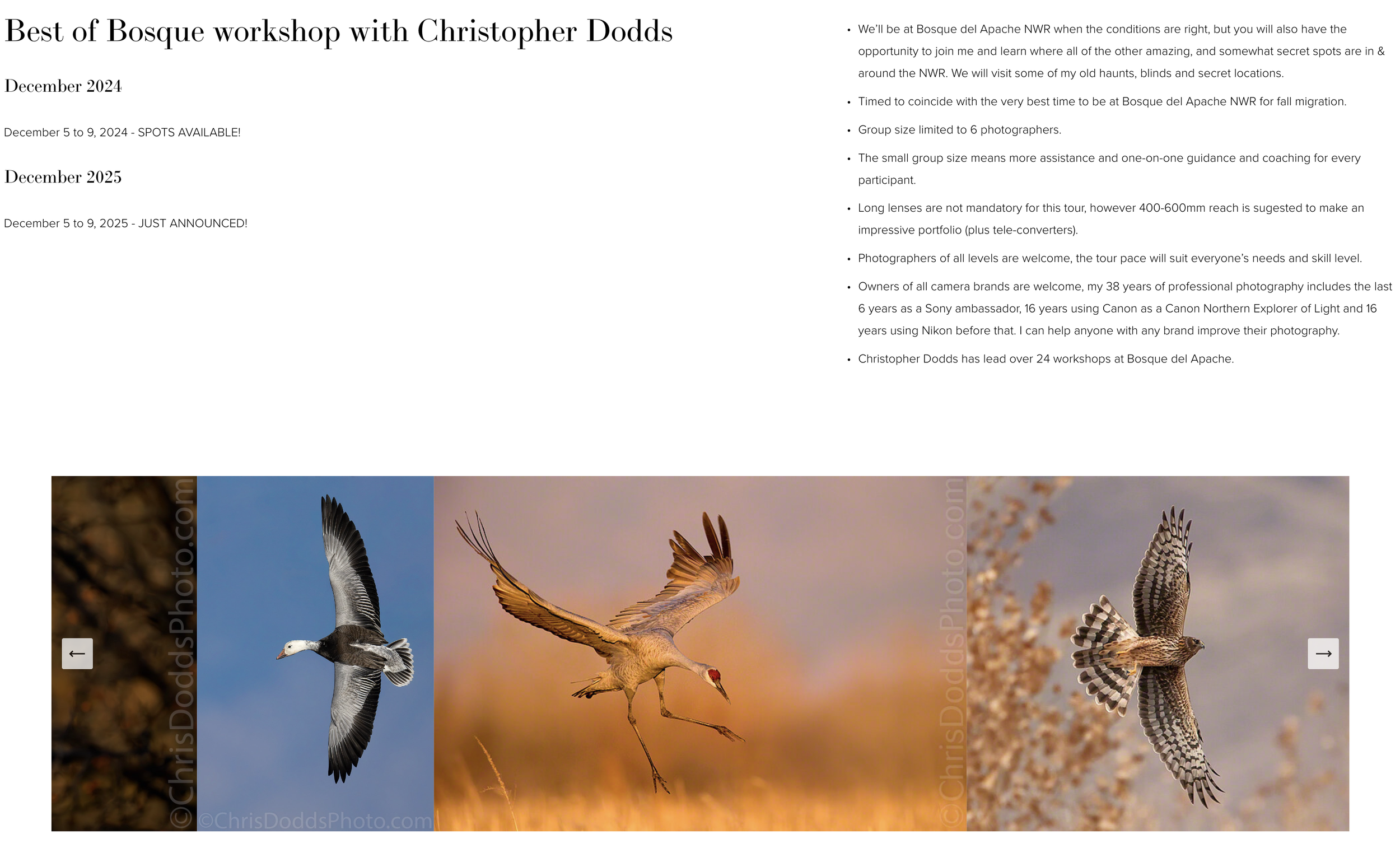Here is a Coastal Brown Bear (Grizzly Bear) strolling along the beach looking for clams during my June 2023 Ultimate Brown Bears of Alaska Adventure. I chose the ultimate portable combination of the Sony Alpha 1 camera and the versatile Sony 200-600mm zoom lens. I rotated the lens foot to the top of the lens so I could use it as a handle to hold the camera just above the ground to get this low perspective.
Coastal Brown (Grizzly) Bear in fog (Ursus arctos, ours brun) from my Ultimate Coastal Brown Bears of Katmai adventure workshop in Alaska. Image Copyright ©Christopher Dodds. Sony Alpha 1 Mirrorless camera & Sony 200-600mm Lens (@600mm) ISO 6,400, f/6.3 @ 1/2,500s Manual exposure. Full frame image.






















